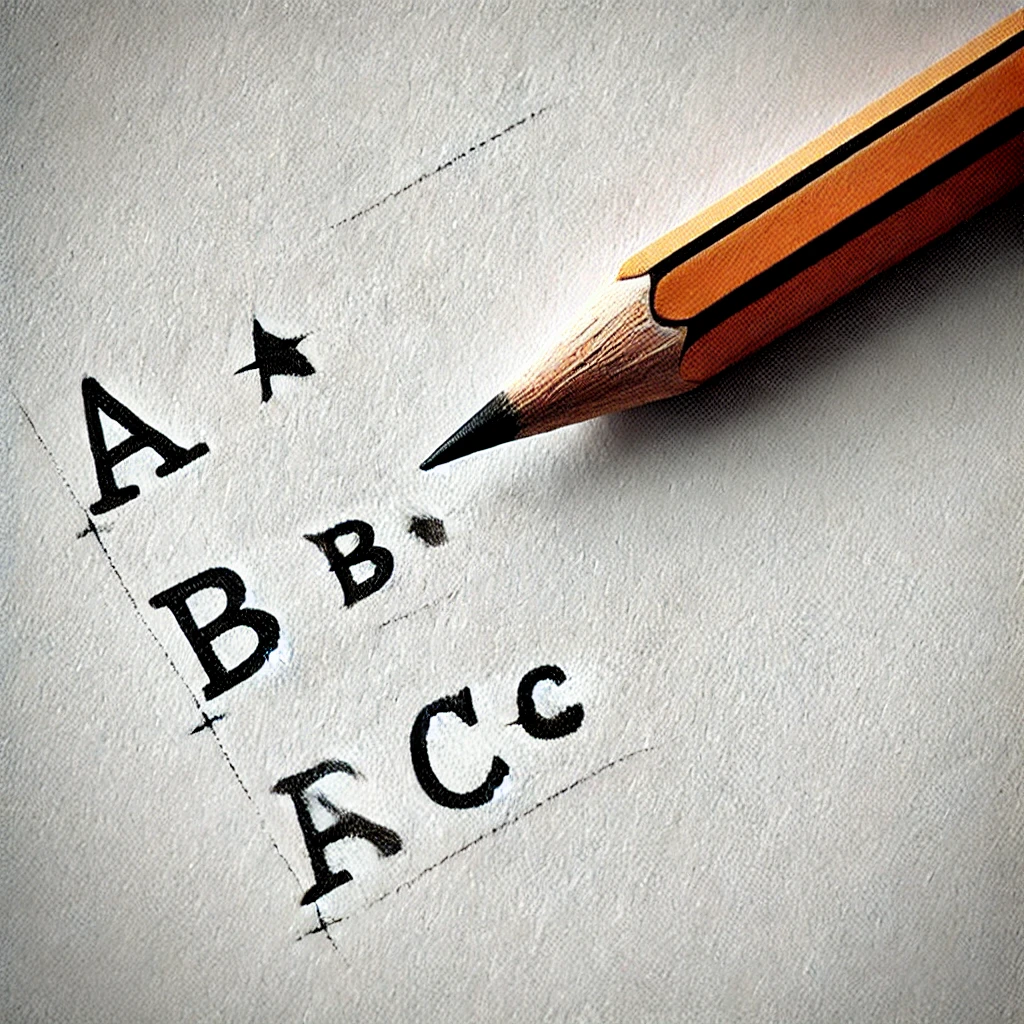Lines And Angles Questions and Answers - Free PDF Download
FAQs on NCERT Solutions For Class 6 Maths Chapter 2 Lines And Angles Exercise 2.1 - 2025-26
1. What are NCERT Solutions for Class 6 Maths Chapter 2 Lines and Angles?
NCERT Solutions for Class 6 Maths Chapter 2 provide stepwise answers and explanations to all questions from the Lines and Angles chapter, strictly following the CBSE 2025–26 syllabus. These solutions help students understand geometric concepts, such as points, lines, and angles, to build a solid foundation for further studies in mathematics.
2. How do NCERT Solutions help students solve Exercise 2.1 of Class 6 Maths Chapter 2?
By offering clear, step-by-step solutions with methodical reasoning, NCERT Solutions guide students through Exercise 2.1. This structured approach helps learners accurately identify and work with points, which is fundamental in geometry and upcoming topics in the chapter.
3. Why is it important to understand the concept of a point in geometry as per Class 6 NCERT?
Points are the most basic geometric units. Understanding their properties is crucial because they form the starting reference for constructing lines and angles, which are core topics in the CBSE Class 6 Maths Chapter 2 curriculum.
4. What strategies do NCERT Solutions suggest for labeling points in geometry questions?
NCERT Solutions recommend labeling each point distinctly using capital letters (like A, B, C), which helps avoid confusion and ensures precise communication in geometric diagrams and solutions.
5. How do NCERT Solutions for Chapter 2, Exercise 2.1, address common misconceptions about points?
The solutions clarify that a point has no actual size, length, or breadth; it only indicates a position. By emphasizing this, students learn not to confuse the dot used for representation with the mathematical idea of a point.
6. In what way do the NCERT solutions for Class 6 Maths Chapter 2 encourage a CBSE-style approach to problem-solving?
The solutions apply a stepwise CBSE methodology, ensuring reasoning and calculation are shown clearly. This trains students to align their answers with what CBSE examiners expect, preparing them for higher grades and competitive exams.
7. How can students use NCERT Solutions for self-study and concept reinforcement in Chapter 2?
- Practice each solved example and unsolved question step-by-step.
- Compare their own methods to those in the NCERT Solutions.
- Clarify any doubts using the structured explanations given.
- Track progress and review concepts before exams.
8. What are the key benefits of following NCERT Solutions as recommended for Class 6 Maths Chapter 2?
- Ensures clarity in basic concepts like points, lines, and angles.
- Improves exam readiness by modeling correct answer formats.
- Builds confidence for tackling higher-order problems in geometry.
9. What types of problems are covered in Exercise 2.1 in Class 6 Maths Chapter 2?
Exercise 2.1 focuses on identifying, marking, and labeling points in different contexts. Problems reinforce understanding the position, uniqueness, and representation of points as per the CBSE Class 6 Maths syllabus.
10. How do NCERT Solutions ensure students avoid marks deduction in Lines and Angles questions?
By adhering to the correct stepwise method, proper labeling, and clear diagrams, the solutions train students to match the marking scheme and reduce the risk of common mistakes seen in CBSE assessments.
11. What should students remember when marking multiple points on paper, according to NCERT Solutions?
Students should use distinct capital letters for each point, keep dots small/thin for precision, and refer to points as 'Point A,' 'Point B,' etc., to avoid confusion in diagrams and answers.
12. What happens if a student draws a dot too large while representing a point, as per Class 6 NCERT guidelines?
A large dot can misrepresent the idea of a point, which theoretically has no dimension. NCERT guidelines suggest using the smallest, sharpest dot possible to reinforce correct conceptual understanding for CBSE exams.
13. How do the stepwise solutions in NCERT help clarify skipped logic in Class 6 Maths Chapter 2?
Stepwise NCERT Solutions outline each reasoning process, so students see every logical step required in forming and answering questions about points, lines, and angles. This prevents conceptual gaps and strengthens problem-solving skills.
14. How do NCERT Solutions for Class 6 Maths Chapter 2 support students with homework assignments?
They provide detailed, correct solutions formatted as per CBSE standards, ensuring students complete homework with confidence and improve their understanding of key geometry concepts.
15. What foundational concepts for advanced geometry do students gain from NCERT Solutions of Class 6 Maths Chapter 2?
Students master the representation and properties of points, lines, and angles, which are essential for success in advanced geometry topics introduced in higher classes and competitive exams like Olympiads.


























